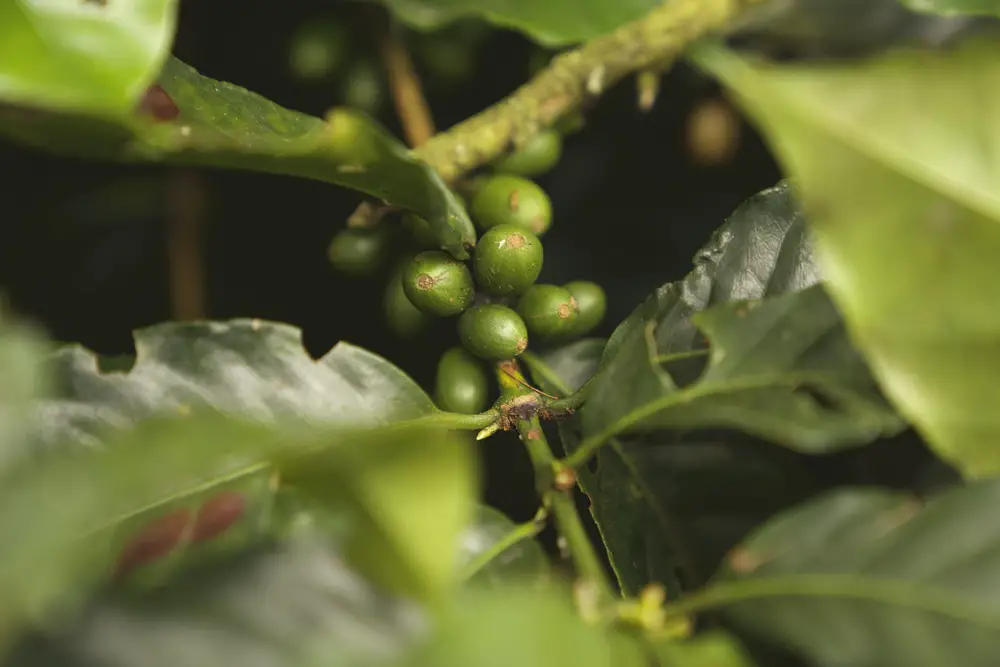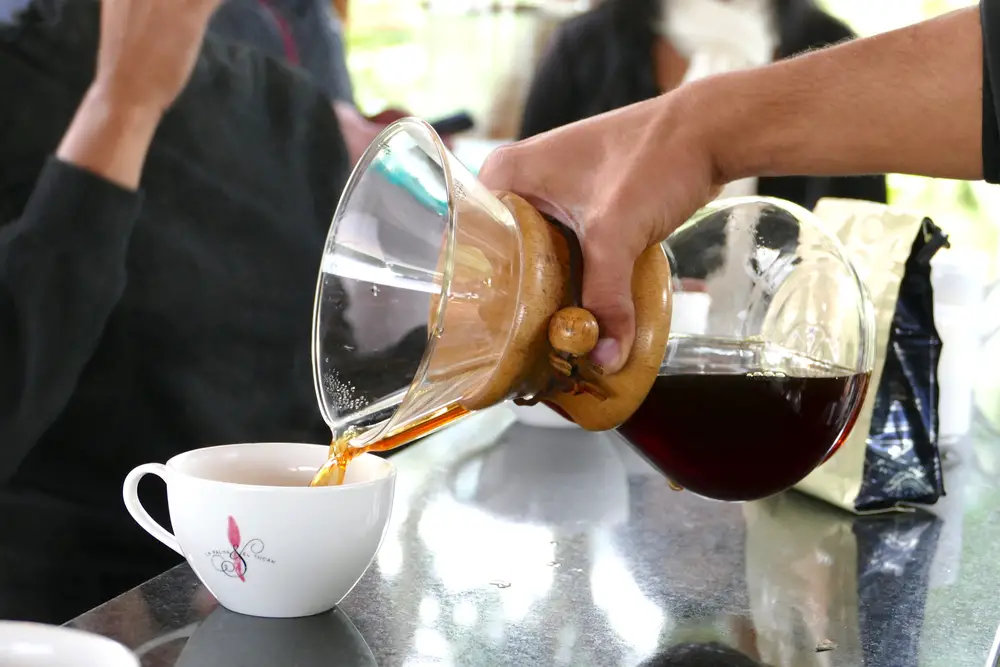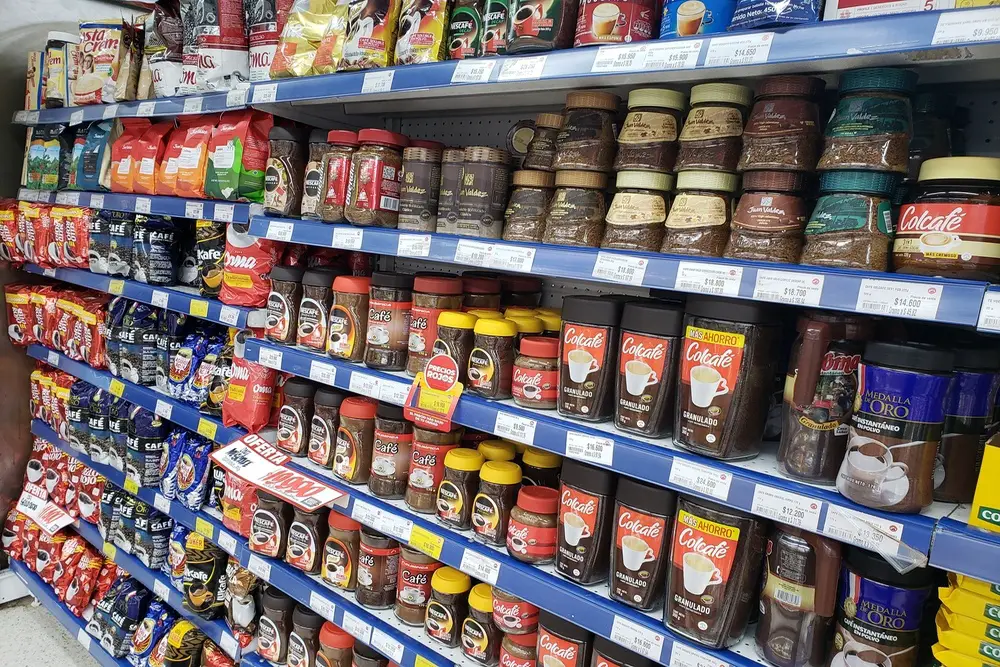Although coffee is a very important product in France today, this was not the case in the early years as it was considered the cause of some diseases and doctors at the time did not recommend coffee consumption.
Table of Contents
How did coffee come to France?
There are many stories about how coffee came to Europe. In 1935 Heinrich Eduard Jacob published a book entitled “Biographie des Kaffees” in which he claims that coffee came to Europe from Ethiopia via Arabia via Georg Franz Kolschitzky, a Polish soldier.
Kolschitzky played an important role in the Great Turkish War as he was with a companion on a mission to infiltrate the Turks and for various reasons ended up having coffee with a Turkish commander.
When the war ended, Kolschitzky found that the Turks had left behind sacks of what appeared to be camel fodder. As the soldiers burned the remains, Kolschitzky recognized the smell of the drink the Turk had offered him. After Kolschitzky asked for the sacks and kept them, he opened a café in Vienna. However, this was not successful because it competed with wine and beer and coffee proved to be the loser.
Finally, in Marseille (France) in the 1660s, some merchants who had been living along the Mediterranean Sea for years arrived, bringing small quantities of coffee with them. However, coffee remained a drink for wealthy people because it was too rare and expensive at the time.
The early years of coffee in France
After the arrival of the coffee bean in France, the success was not so great, because the procurement of coffee beans was not only expensive but also extremely difficult. In addition, doctors at the time believed that drinking coffee increased the likelihood of contracting leprosy.
Years later, coffee was used to treat diseases like scurvy, smallpox and tuberculosis without losing its reputation as a harmful product.
This changed in 1669 when Soliman Aga, a Turkish ambassador at the time, offered the drink to King Louis XIV of France and a few others.
Three years later, in 1672, coffee beans and a few cups of coffee were offered for sale at street stalls in the streets of France at the annual fair of St.-Germain, after which the coffee became increasingly popular with the French.
A few years later, the chemist examined Anselme Payen, who was interested in this drink, coffee and its consumption. He found that the Orientals poured boiling water over the ground coffee beans, revolutionizing coffee consumption in ancient France.
After the discovery of the chemist, the infusions were not long in coming, and perfect mixtures of coffee and other ingredients such as coffee and milk were discovered.
The coffee house that changed France
To change perceptions of coffee, Francesco Procopio opened the first café-restaurant in 1686, called Café Procope (which still operates today), selling this stigmatized drink.
After its opening, the café acquired a character that would define it for many years to come, as it was frequented by intellectuals, politicians the size of Napoleon, artists, philosophers and writers.
This café is considered one of the most important and influential in the world, as it was also where the fathers of the French Revolution met, such as Georges-Jacques Danton, Jean-Paul Marat and many others.
With this we can show the importance of coffee in modern society, because a simple café gave birth to ideas that have changed the world.
French coffee market
Coffee consumption has become a habit in France because the country is the third largest coffee market in Europe, meaning France is the third largest importer in Europe. There are no coffee houses in the world that are as successful as the ones in France. Coffee has become a very important market segment for the country’s economy. In 2020, green coffee imports increased to 229,000 tons, about 77% of these imports come directly from the producing countries.
Because coffee culture is so ingrained in France, it is believed that there is a large growth market for specialty coffee. Consumers value quality, so specialty coffee should have great potential.
In the world specialty coffee market, France had a 1-2% share, but after 2020 its share rose to 4%.
Another market segment is coffee sustainability, with around 73% of consumers of premium or specialty coffee saying they prefer responsible consumption.
The share of organic coffee in total coffee sales in France was 3% in 2019 and is expected to increase to 12% in the coming years.
Coffee exports to Europe
As the third largest coffee importer, France is also the eighth largest green coffee exporter in Europe with a 1% share of total green coffee exports in Europe, equivalent to 5,500 tons (2020 figures); importers of this coffee include Belgium and Spain.
In addition to re-exports, the export of French roasted coffee has been very popular in Europe. With increasing interest in high-quality and specialty coffees, French roasted coffee stands out for its excellent refinement and France was able to capitalize on this quality by becoming the sixth largest exporting country for roasted coffee with a total of 56,000 tons by the end of 2021.
According to experts and statistics, roasted coffee exports have increased by 20% annually due to the quality of French roasted coffee, and the countries that import the most roasted coffee are Germany, Spain and the Netherlands.
Coffee capsule market in France
Due to the ease and speed of use of capsule coffee machines, it is estimated that in 2019 coffee capsules accounted for 50% of all coffee sales in France.
After the pandemic, coffee consumption in France increased because the consumption of bean coffee increased by 38%, with many brands with different variations on the market. The main protagonist of the increase in consumption has been coffee capsules, since between March 2020 and August 2021 they brought about 202 million euros net in revenue for the country.
How was the French press invented?
The French press was developed in 1852 with the aim of creating alternative ways of making coffee. In 1929, Italians Attilio Calimani and Giulio Moneta designed and patented the basis for the first French press.
With the coffee boom in 1958, the Swiss designed Faliero Bondanini probably the most famous French coffee press. After success in France, it spread to the UK and eventually around the world, creating a product for everyday use in many cases.
Current café culture in France
The popularity of coffee shops in France is due to the fact that the only way to connect with friends or even meet new people was to visit a coffee shop, where French people would spend hours meeting their acquaintances, waiting for friends to meet talk or just enjoy a good coffee.
With the digital transformation of recent years, visits to cafés have been greatly reduced, as it is no longer necessary to go to a specific place to connect with people.
At the same time, specialty cafés have also sprung up, frequented by those looking for a higher quality morning coffee.
The most popular coffee preparations in France
France is not characterized by its coffee blends or creations, but rather has remained faithful to a traditional style and these are the coffees that are most commonly offered there:
- Espresso, the most popular coffee in the world.
- coffee con leche, an espresso with frothed milk on top.
- Café noisette, an espresso made with hot, frothed milk.
- Café créme, similar to a cappuccino.
- Café allongé, similar to an americano.
- Café filtré, drip coffee, is the least common coffee of all.
Conclusions
The coffee culture in France is one of the most important in Europe, as it was here that the first coffee shops with global reach emerged, or inventions that changed the way coffee was drunk every day since the French discovered coffee as part of their daily lives.



